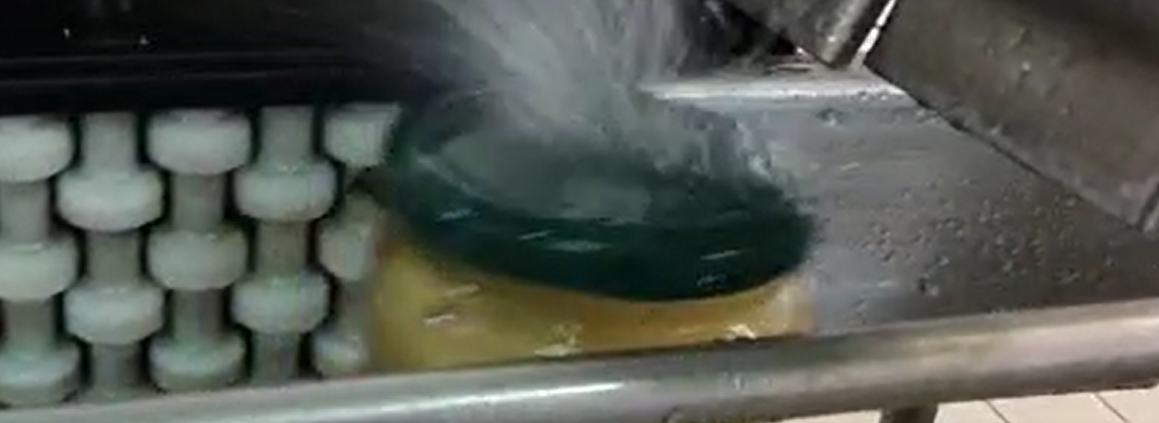Sterilisation, vacuum and drying: industrial processes necessary for health
Food sterilisation is a thermal process mainly used by the food industry to give stability and microbiological safety to products hermetically sealed.
Sterilisation is one of the food preservation techniques; a food, after it has been prepared for consumption, if not used immediately must be preserved, i.e. made stable and safe for a reasonable period of time.
The term sterilisation includes all those treatments at high temperatures (above 100 °C), in pressurised equipment called autoclaves (or close tanks), which produce a vacuum inside the jar, guaranteeing the aseptic nature of the internal product until it is opened.
The process involves the elimination or inactivation of the present micro-organisms and enzymes, which are capable of producing undesirable changes from a microbiological and therefore sanitary point of view in relation to consumer health.
Food can be preserved by physical means (heat, refrigeration, filtration, radiation) or chemical means (acids, alcohol, sugars, salts, smoke, food additives).
After this sterilisation process and before the labelling process, the can must be thoroughly dried:
– to allow perfect adherence of the label
– to avoid aesthetic or sanitary damages caused by water residues that may seep into the cracks, e.g. under the cap.
In this youtube video you can see the drying process by applying our Master Blower to spouts, suitably adapted to the size of the can.
(External sources Wikipedia)




